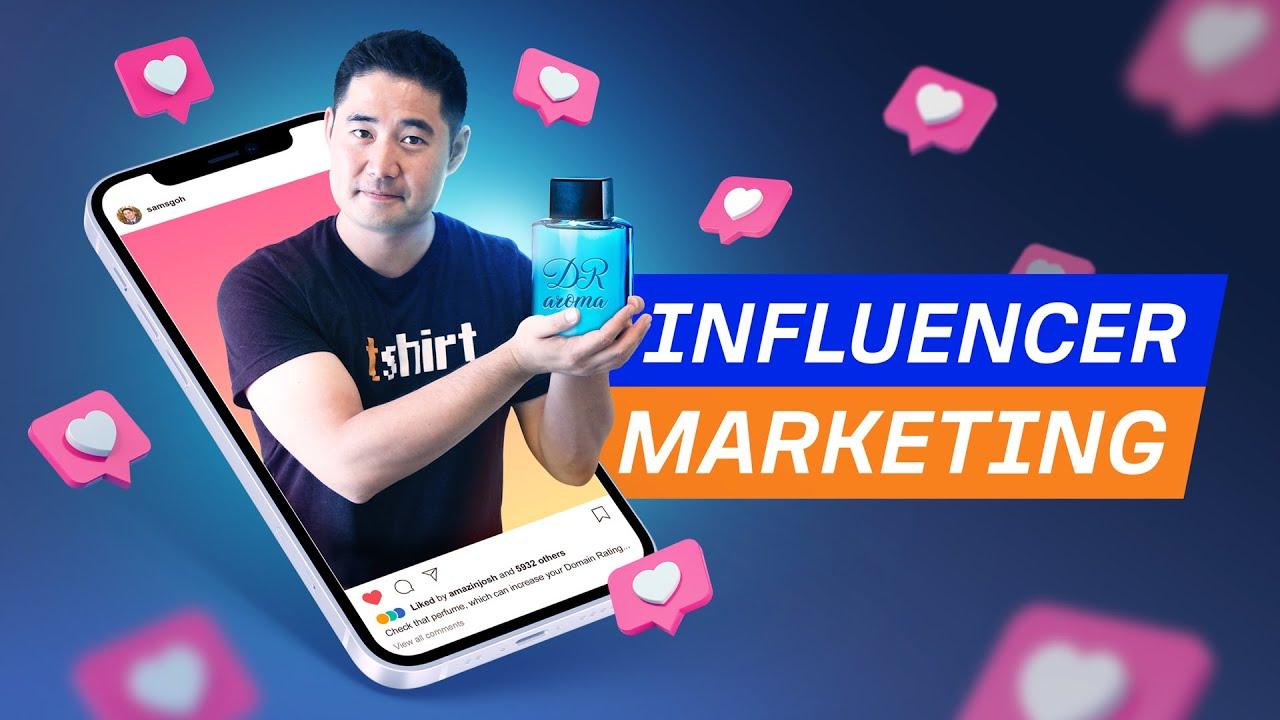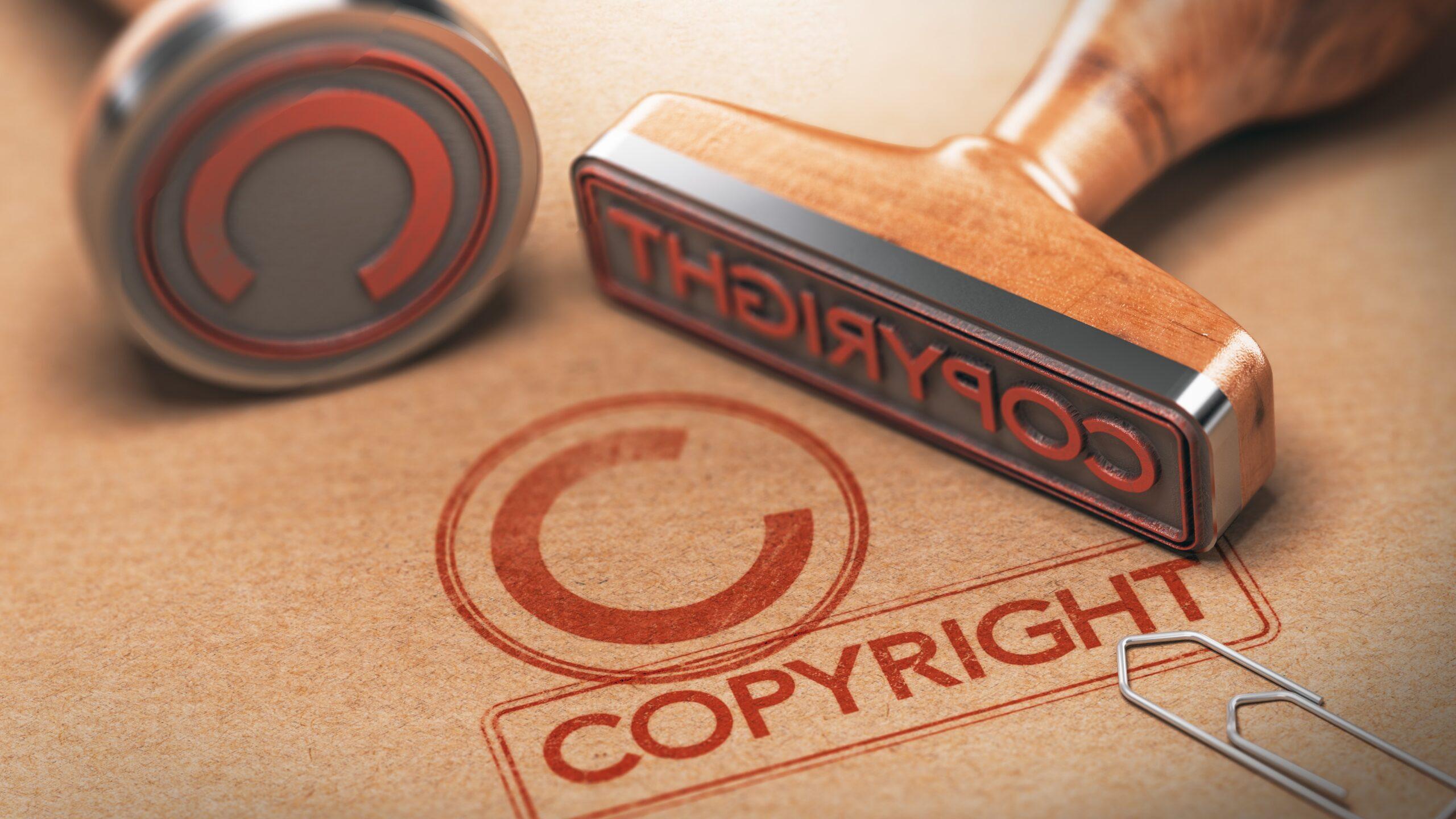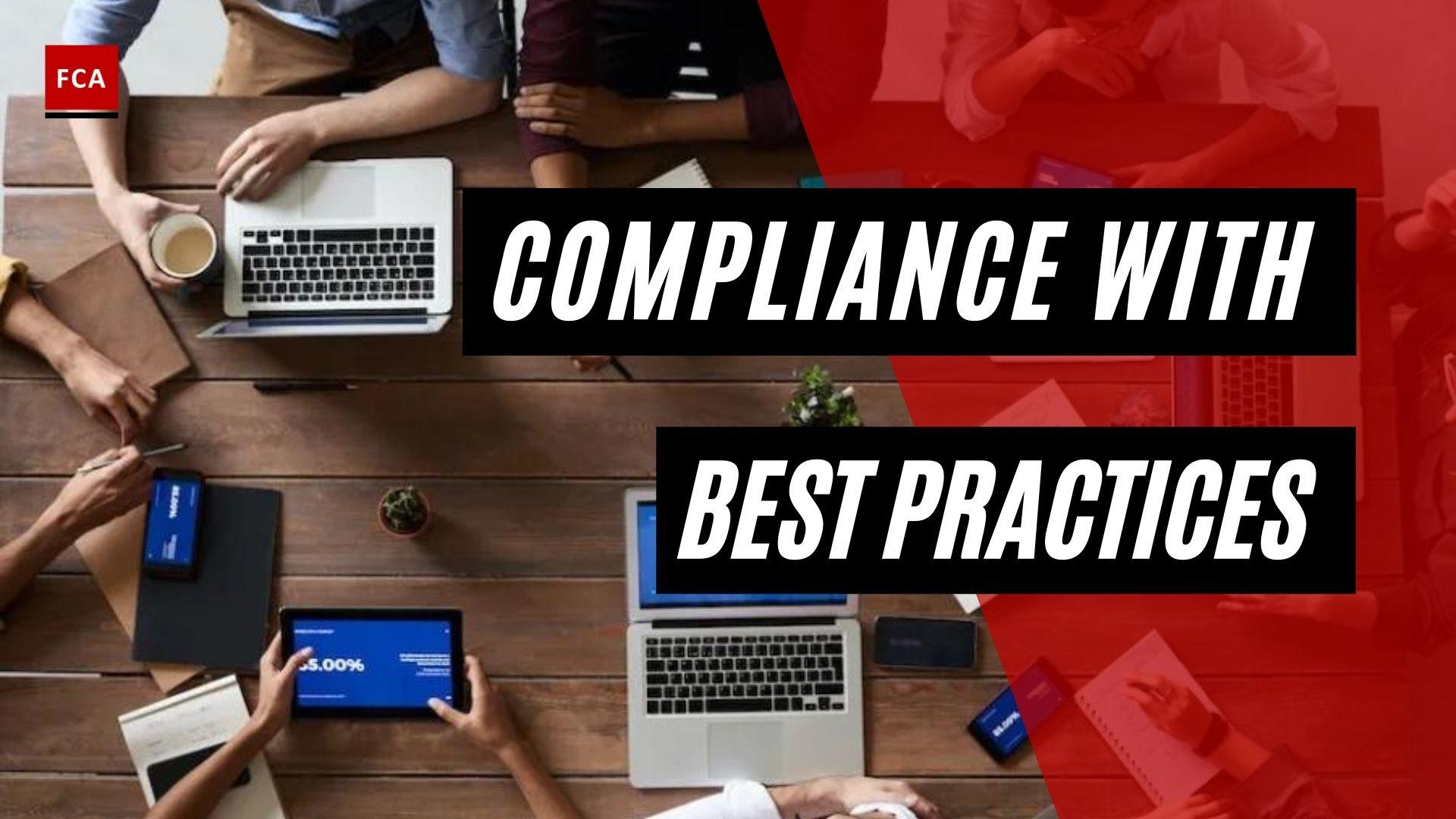
Navigating Legalities: youtube Influencer Marketing Uncovered
In teh vibrant landscape of digital marketing,YouTube influencers have emerged as a powerful force,bridging the gap between brands and their audiences with a single click. As consumers turn to these familiar faces for product recommendations and lifestyle inspiration, the allure of influencer marketing can be irresistible for companies looking to enhance their reach and engagement. However, in this dynamic arena, a maze of legal considerations looms large, often unnoticed by both influencers and brands alike. From disclosure requirements to copyright issues, the stakes for non-compliance are high, necessitating a thorough understanding of the legal framework governing this ever-evolving industry.In this article, we unravel the complexities of YouTube influencer marketing, shedding light on the legalities at play and providing practical guidance for navigating this bustling marketplace. Join us as we explore the intersection of creativity and compliance, ensuring that both influencers and brands can thrive in a landscape that’s both exciting and regulated.
Understanding the Evolving landscape of Influencer Regulations
As influencer marketing continues to flourish, the accompanying regulatory landscape is evolving to keep pace with consumer protection and transparency. Regulatory bodies like the Federal Trade commission (FTC) in the United States and the advertising Standards Authority (ASA) in the UK are increasingly scrutinizing how influencers promote products and services. Key regulations often focus on ensuring clear disclosure of partnerships, necessitating influencers to clearly label sponsored content. This not only empowers consumers to make informed decisions but also bolsters the integrity of the marketing practice.
To navigate these regulations effectively, influencers and brands alike should stay informed about the most current guidelines and best practices.Here are some essential points to consider:
- Transparency: Always disclose paid partnerships and sponsorships.
- Clarity: Use clear language such as “#ad” or “#sponsored”.
- accuracy: Ensure that all claims about a product are truthful and substantiated.
Monitoring these factors will not only help in compliance but also in maintaining audience trust, which is essential for long-term success. A clear understanding of local regulations is crucial for differing regional approaches, as represented in the table below:
| Region | Key Regulatory Body | Main Requirement |
|---|---|---|
| United States | FTC | Clear disclosures for sponsored content |
| United Kingdom | ASA | Transparency in advertising |
| European Union | Various National Authorities | Adherence to EU guidelines on advertising |

Crafting authentic Partnerships: Disclosure and Transparency Guidelines
Authenticity is the foundation of prosperous partnerships in the influencer marketing landscape. Clear disclosure of relationships between YouTubers and brands is not just a legal requirement; it cultivates trust and strengthens audience engagement. Creators should always aim to communicate their affiliations transparently. Here are some effective strategies for maintaining transparency:
- Utilize clear language: Avoid vague terms and ensure your audience understands the nature of the collaboration.
- Incorporate visual cues: Use tags or graphics (e.g., “#ad” or “Sponsored”) prominently within your content.
- Share insights: Offer behind-the-scenes facts on the partnership and its benefits to the audience.
In line with these strategies, brands and influencers should create a mutual understanding of expectations. Establishing a transparent dialog can help foster authentic communication that resonates with viewers. To facilitate this, consider using a simple framework for disclosure agreements:
| Aspect | Guideline |
|---|---|
| Content Format | Clearly label sponsored content, whether it’s a video, blog, or social media post. |
| Frequency of Disclosure | Disclose in every relevant video or post, not just once. |
| Audience Engagement | Encourage questions about the partnership, fostering an open dialogue. |

Navigating Copyright and Fair Use in Influencer Content Creation
In the dynamic world of influencer marketing, understanding the intricacies of copyright and fair use is crucial for creators aiming to build their brands while respecting the intellectual property of others. When crafting content, influencers often include various media elements such as music, images, and video clips, which may be owned by third parties. To navigate these legal waters effectively, it is vital to differentiate between original and licensed content. Influencers should consider the following guidelines:
- Ensure Originality: Create unique content that reflects personal style, avoiding direct replication of others’ work.
- Obtain Permissions: Whenever possible, seek permission to use copyrighted materials.
- Familiarize Yourself with Fair Use: Understand the principles of fair use, including the purpose, nature, amount, and effect on the market value of the original work.
Moreover, influencers must be aware of the potential pitfalls of violating copyright law. Legal issues can arise unexpectedly, jeopardizing both brand relationships and personal reputations. To help visualize the common aspects of copyright and fair use, consider the following table showcasing key elements:
| Aspect | Description |
|---|---|
| Original Work | Content created from scratch with no reliance on existing works. |
| licensed Content | content that is legally obtained through purchase or permission. |
| Fair Use | Limited use of copyrighted material without permission for specific purposes like criticism or commentary. |

Mitigating Risks: best Practices for Compliance and Legal Safeguards
In the fast-paced world of influencer marketing on platforms like YouTube, compliance with legal standards is paramount. Brands and influencers alike must understand the intricacies of advertising regulations to avoid pitfalls that could lead to legal ramifications. to stay on the right side of the law, consider implementing the following best practices:
- Transparent Disclosures: Ensure that all sponsored content clearly states any partnerships.Use tags like #ad or #sponsored to maintain transparency with audiences.
- Contractual Agreements: draft explicit contracts that outline deliverables, payment terms, and rights to content ownership. This mitigates misunderstandings and enhances trust.
- Content Ownership Awareness: Be clear about who owns the rights to the content produced, particularly in collaborative efforts between brands and influencers.
- Regular Training: Conduct workshops to familiarize your team and influencers with the latest legal developments and ethical marketing practices.
A comprehensive understanding of these aspects is key to not only safeguarding your brand but also enhancing the influencer’s ability to create authentic and compelling content. To further elucidate these points, the following table summarizes potential risks associated with non-compliance and corresponding mitigation strategies:
| Risk | Mitigation Strategy |
|---|---|
| Non-disclosure of sponsorship | Implement clear disclosure policies with content creators. |
| Intellectual property infringement | Establish clear agreements on content usage rights. |
| Fines for misleading advertisements | Conduct regular audits of marketing materials for compliance. |
Final Thoughts
As we draw the curtain on our exploration of the intricate world of YouTube influencer marketing, it’s clear that navigating the legal landscape is as crucial as crafting engaging content. From understanding disclosure requirements to managing intellectual property rights, influencers and brands alike must wield knowledge as their most powerful tool. With evolving regulations and ever-shifting community guidelines, staying informed is not just beneficial—it’s essential for ethical collaboration and sustainable growth in this dynamic space.
Ultimately, the challenge lies not in avoiding the legal minefields but in embracing them as part of a larger framework that promotes transparency and trust. As you embark on your influencer journey or refine your marketing strategies,equip yourself with the insights gleaned from this guide. Remember, in the realm of digital influence, informed decisions pave the way for meaningful connections, paving the path to success in a world where authenticity reigns supreme. Thank you for joining us on this expedition, and may your ventures in influencer marketing be guided by both creativity and compliance.